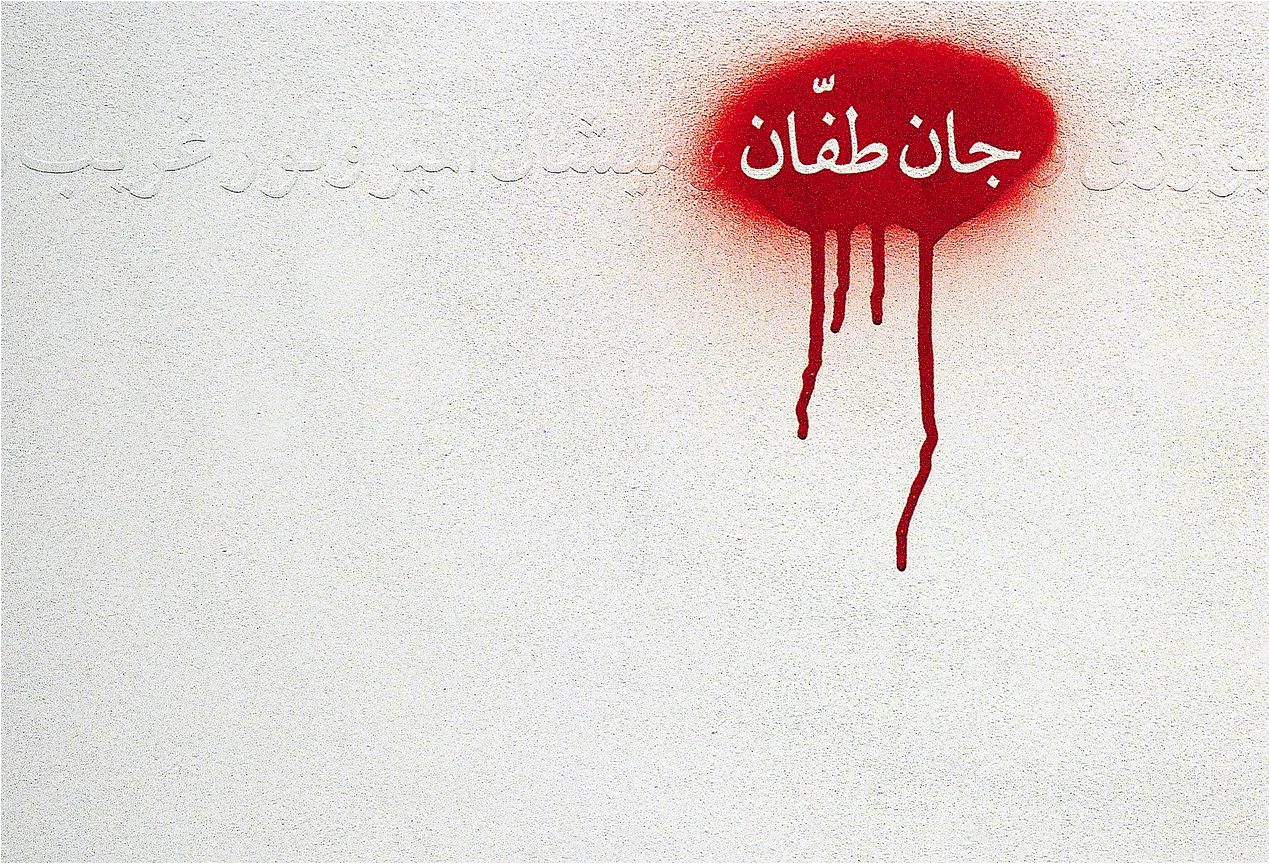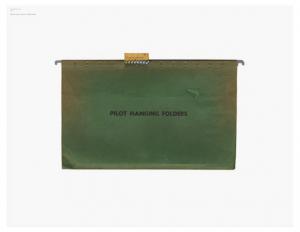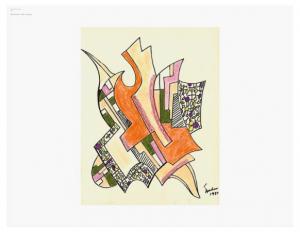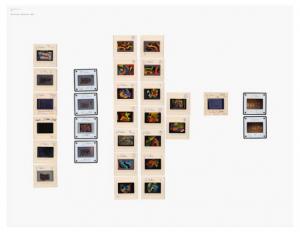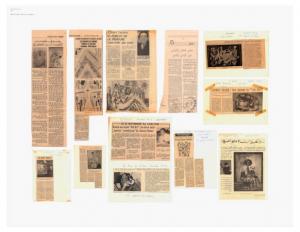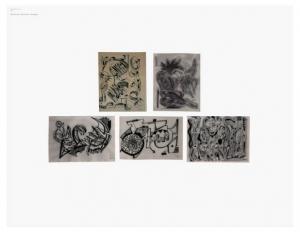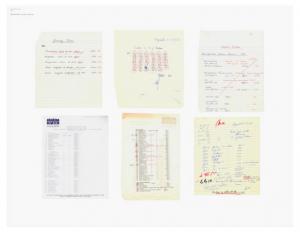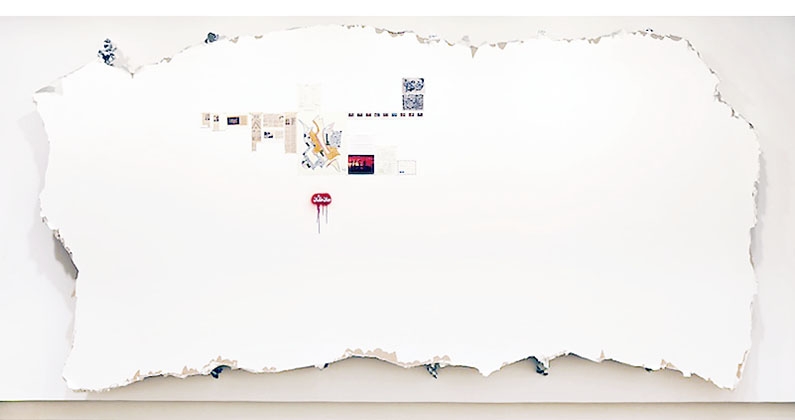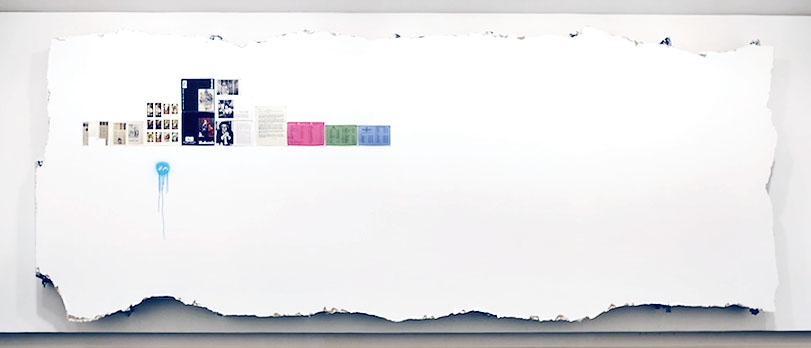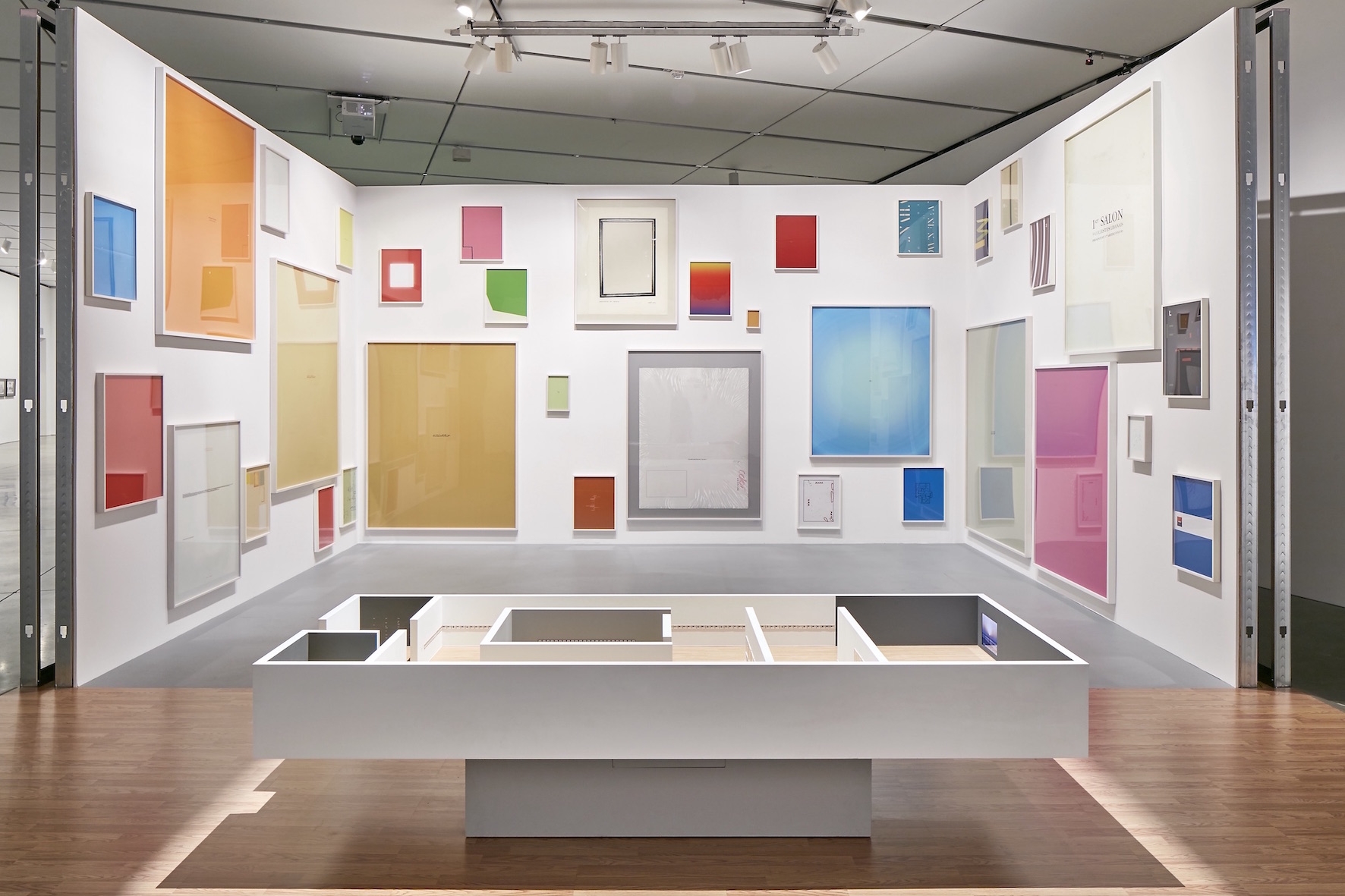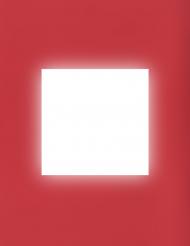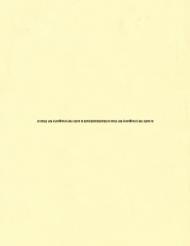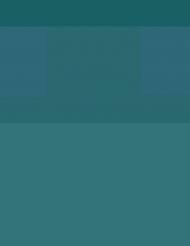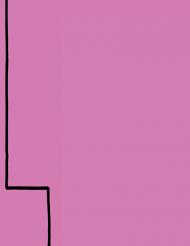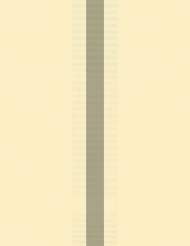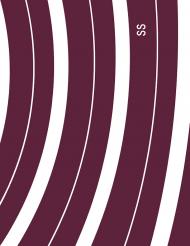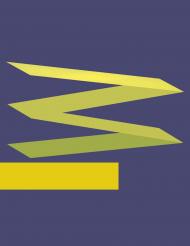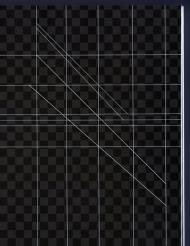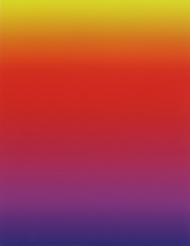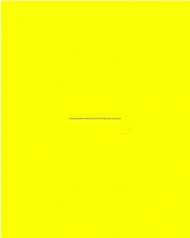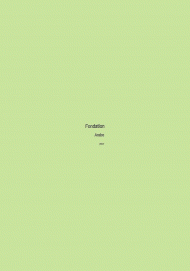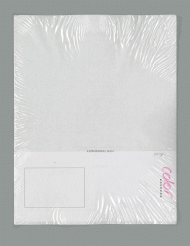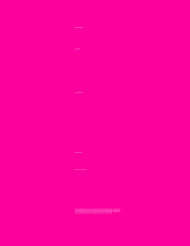Index XXVI: Red, 2012
Index XXVI: Red, 2012
This work is based on the names of painters and sculptors who worked in Lebanon in the past century. Over the past few years, artists from the future have been sending me the names via telepathy.
Given my past experience with the ''noise'' that accompanies most telepathic signals, I decided in 2005 to make the names public by displaying them in white vinyl letters on these white walls. I was seeking confirmation from kindred spirits about the spelling of the names.
What I did not expect was that this confirmation would come to me from the least sympathetic source, a renowned local cook who considers himself a guardian of Lebanese art.
Disregarding my claims to telepathy as a fanciful conceptual conceit, the cook unequivocally confirmed that the names displayed were those of artists and that many were indeed misspelled. He was unwilling to attribute my orthographic errors to telepathic noise, but blamed it on the impertinent attitude common to my generation of postwar Lebanese artists who not only can't even spell the names of their predecessors but choose time and again to overlook their contributions. And with red spray paint, and on my white walls, the cook ''corrected'' the misspelled names.
I was deeply moved by the cook's sharp rebuke and as a result I have devoted the last few years to researching the misspelled artists' lives and works.
But all along, there was something that seemed to me deceptive about the cook's indignation. In time, I came to view it as a ruse distracting me from a more troubling scenario than merely ignoring predecessors and misspelling their names.
Today I am convinced that the artists from the future intentionally distorted the names they communicated to me telepathically. Future artists are not hailing past painters, sculptors, and their works but rather the color red that eventually surfaces in the cook's sprayed ''corrections." Future artists want or need this color because it is no longer available to them.
Why is the color no longer available to them? Has some future nuclear or ecological disaster physically destroyed all color pigments? Or has the same disaster either physically blinded or psychologically traumatized future artists such that they no longer ''see'' color? No.
Artists from the future want or need this color not because they are physiologically or psychologically damaged, nor because the color is physically affected, but because the color itself has been affected immaterially.
The wall section on view here was cut from the original 2005 walls that were displayed in Beirut.
Appendix XVIII: plates 63-257, 2008 - 2012
Appendix XVIII: plates 63-257, 2008 - 2012
The Lebanese wars of the past three decades affected Lebanon's residents physically and psychologically: from the 100,000-plus who were killed; to the 200,000-plus who were wounded; to the 1,000,000-plus who were displaced; to the even more who were psychologically traumatized.
It is clear to me today that these wars also affected colors, lines, shapes, and forms. Some of these were affected in a material way, and, like burned books or razed monuments, were physically destroyed and lost forever; others, like looted treasure or politically compromised artworks , remain physically intact but are removed from view, possibly never to be seen again. And yet other colors, lines, shapes, and forms, sensing the forthcoming danger, have deployed defensive measures: they hide, take refuge, hibernate, camouflage, and/or dissimulate.
I expected them to do so in the artworks of past artists, whose paintings and sculptures would be their most hospitable hosts. I was wrong. Instead, colors, lines, shapes, and forms took refuge in unexpected places: they hid in Roman and Arabic letters and numbers; in circles, rectangles, and squares; in yellow, blue, and green. They dissimulated as fonts, covers, titles, and indices; as the graphic lines and footnotes of books; they camouflaged themselves as letters, price lists, dissertations, and catalogues; as diagrams and budgets. They hibernated not in but around artworks.
These are the colors, lines, shapes, and forms that compose the plates below.
